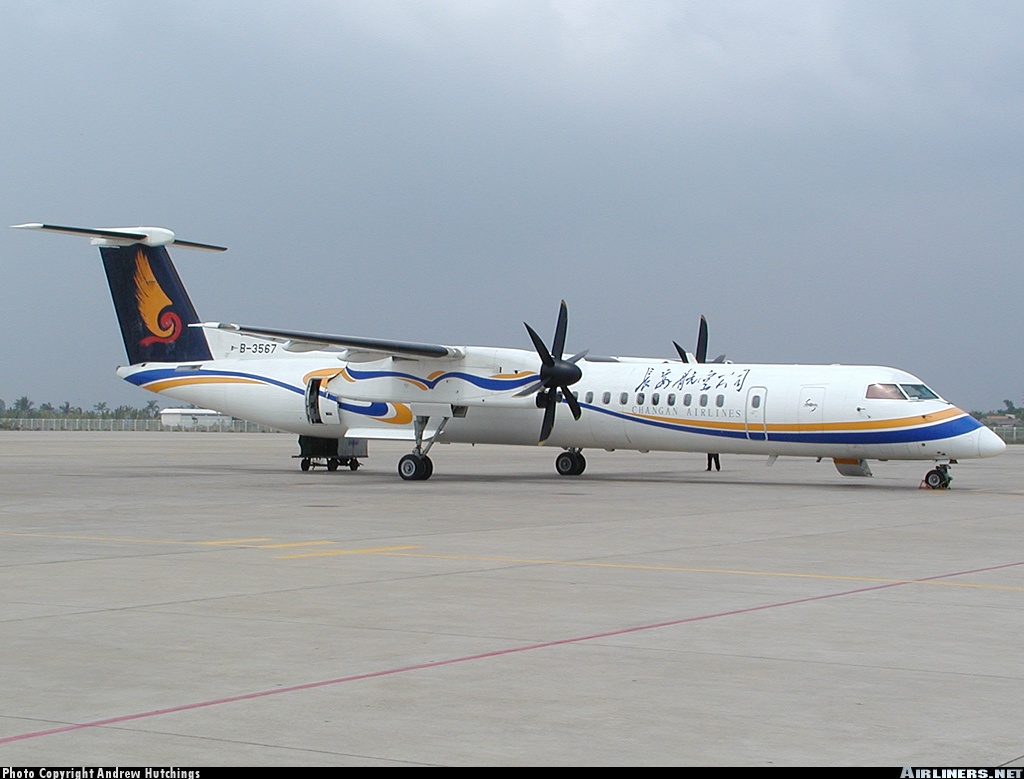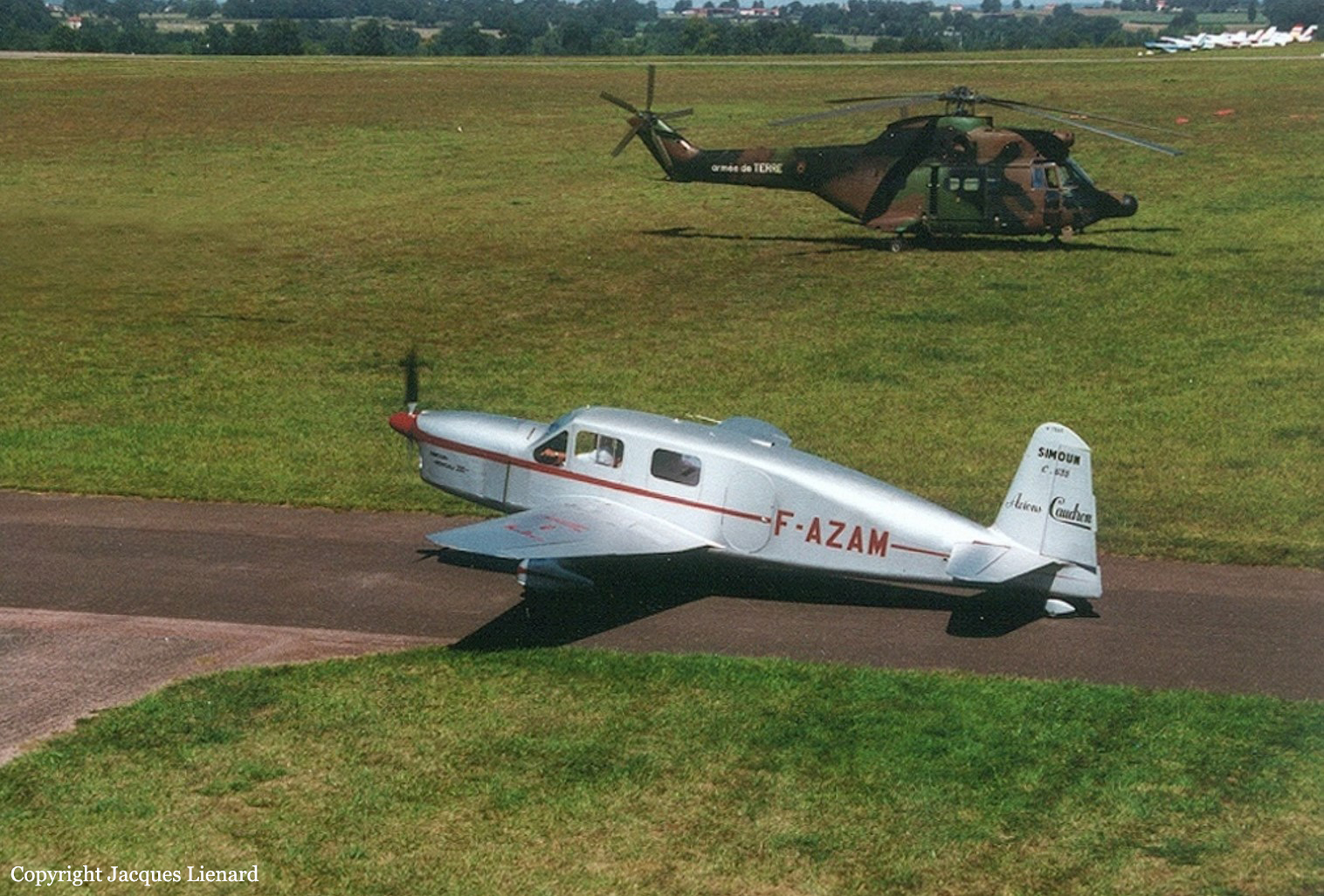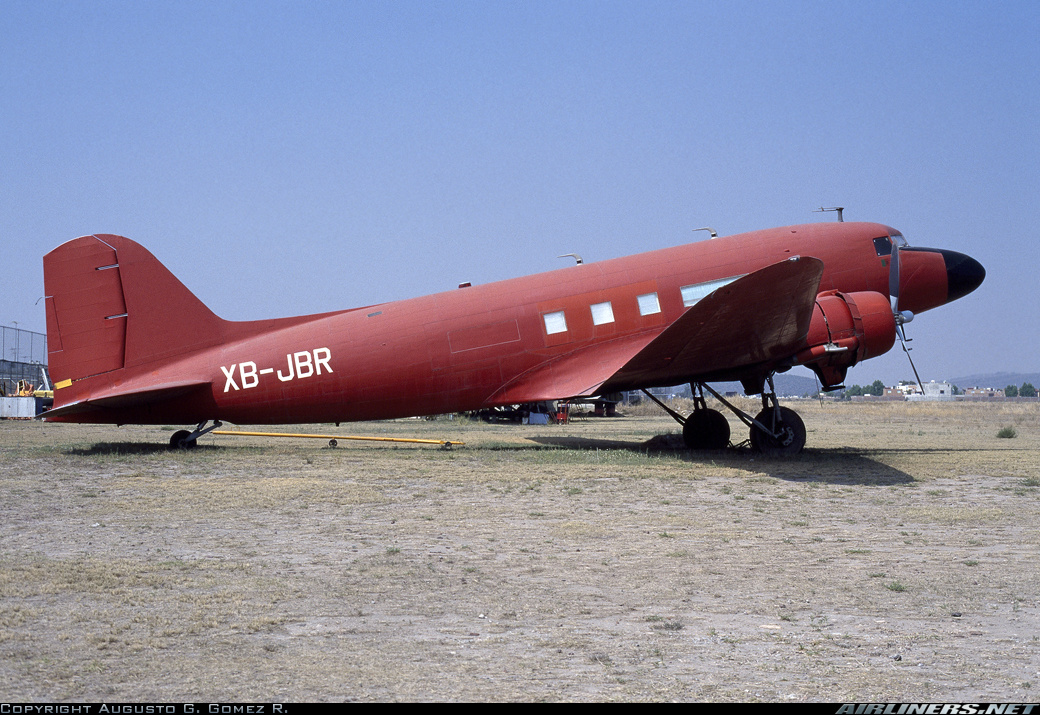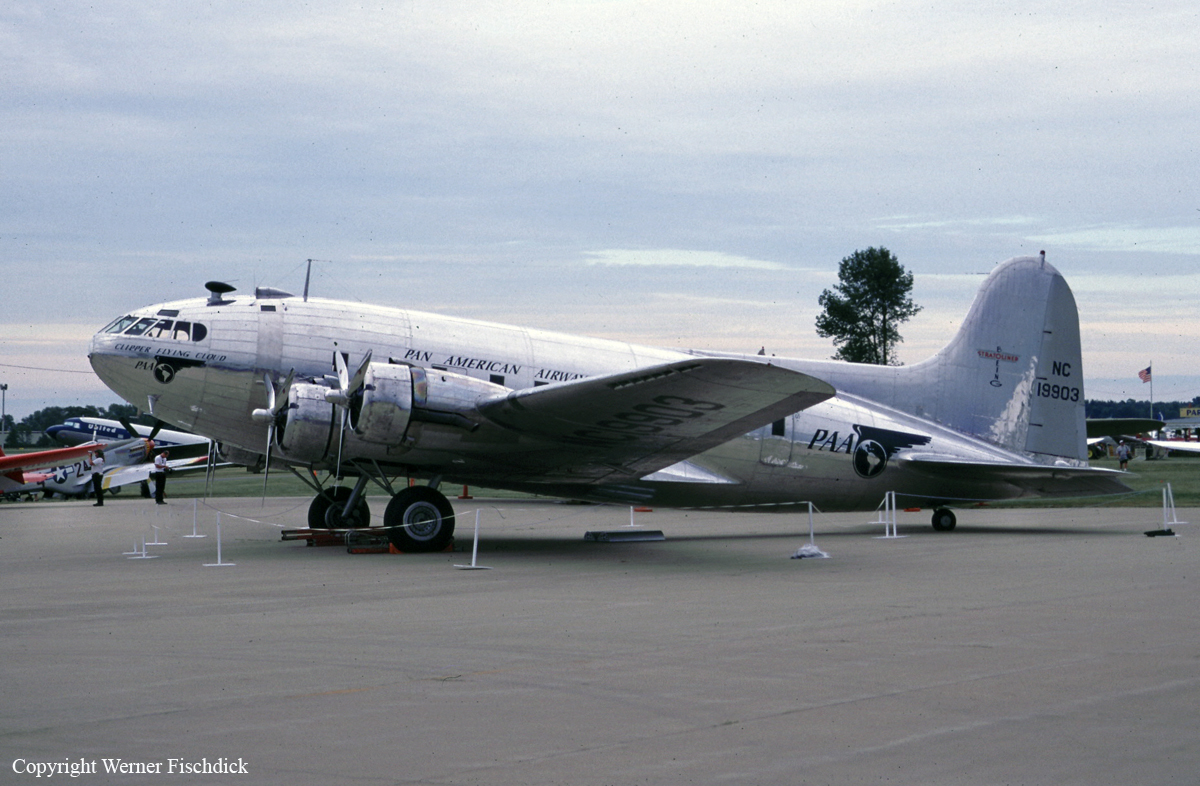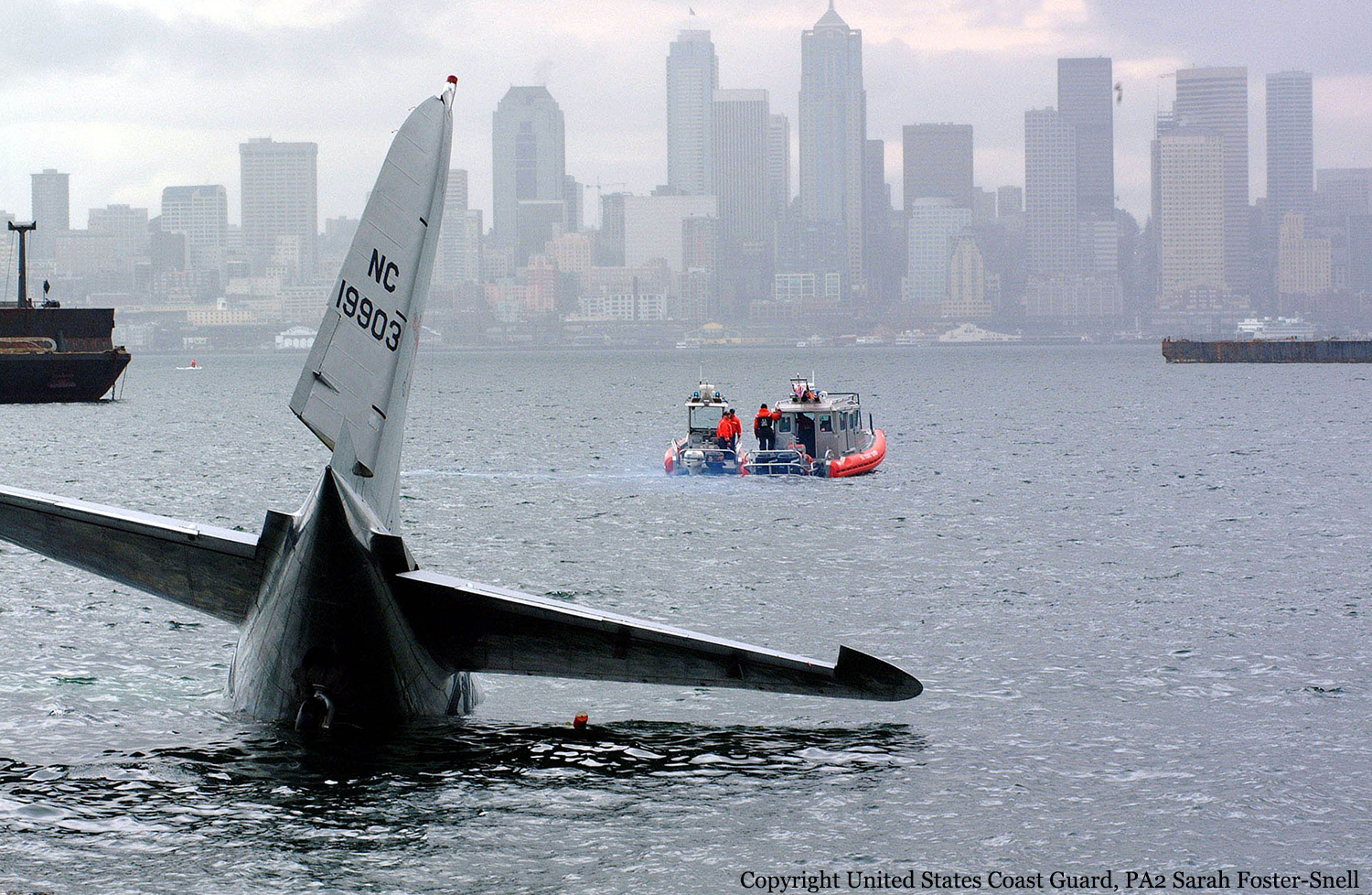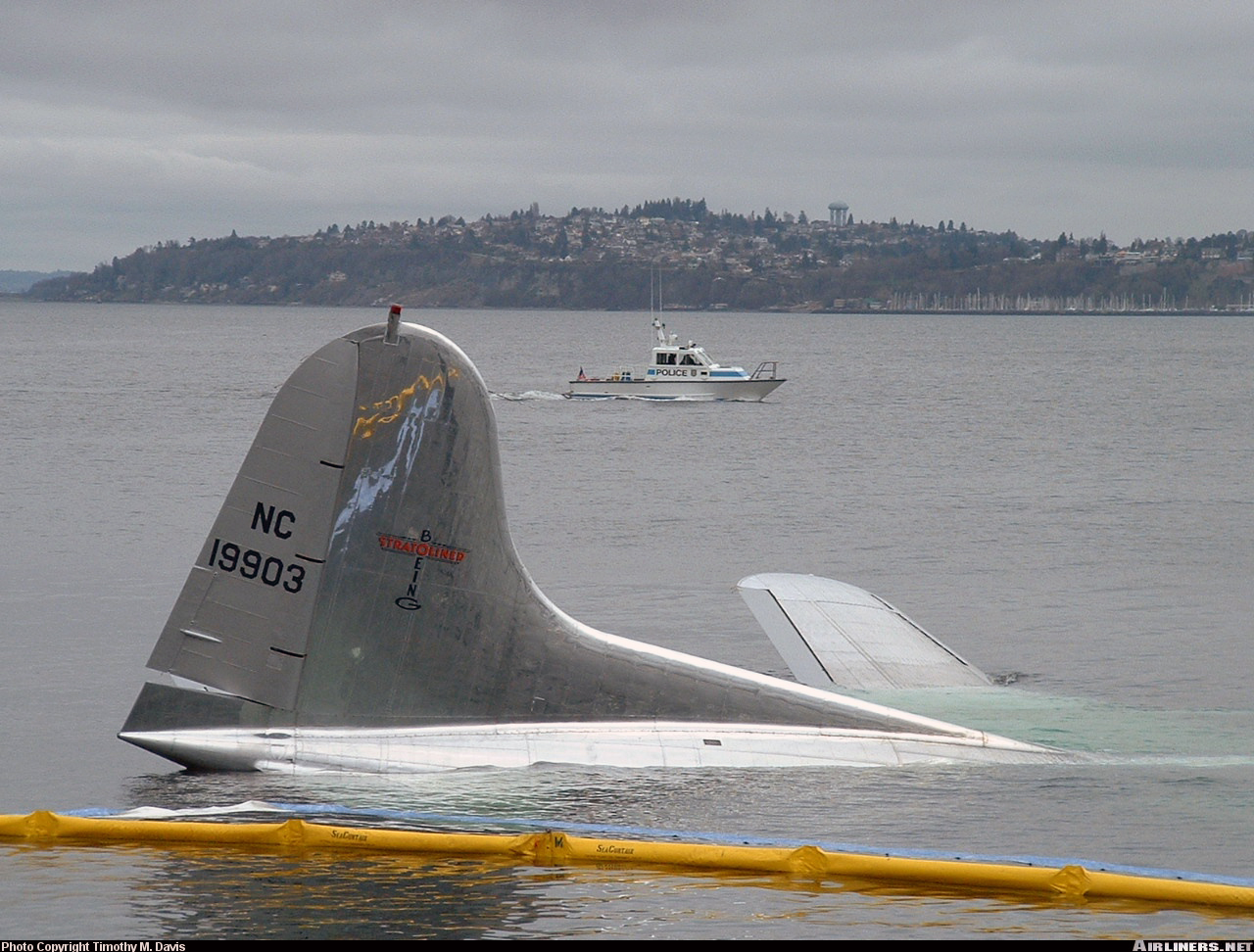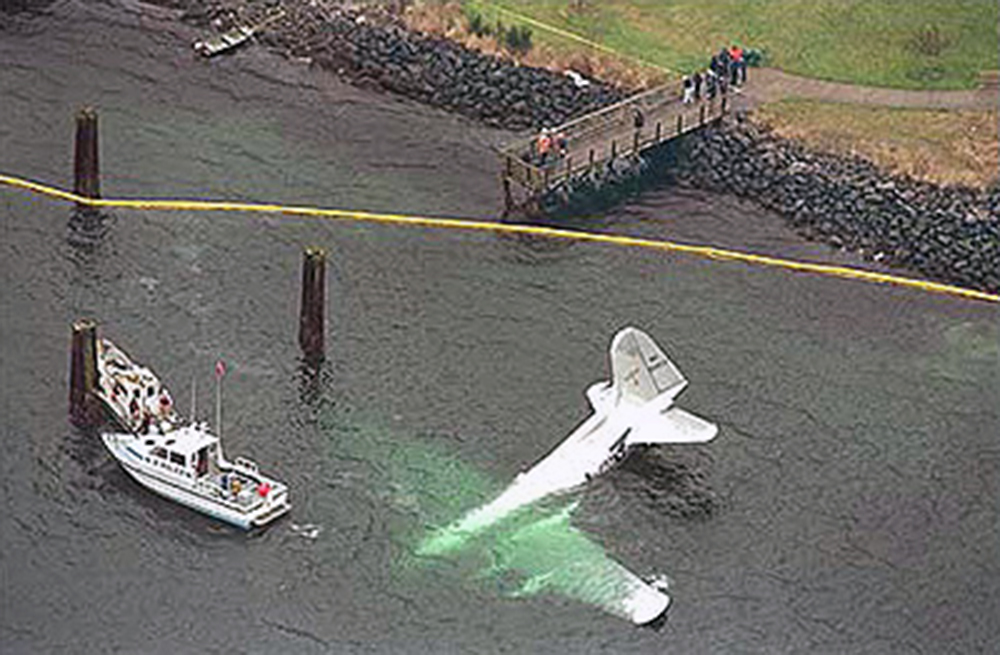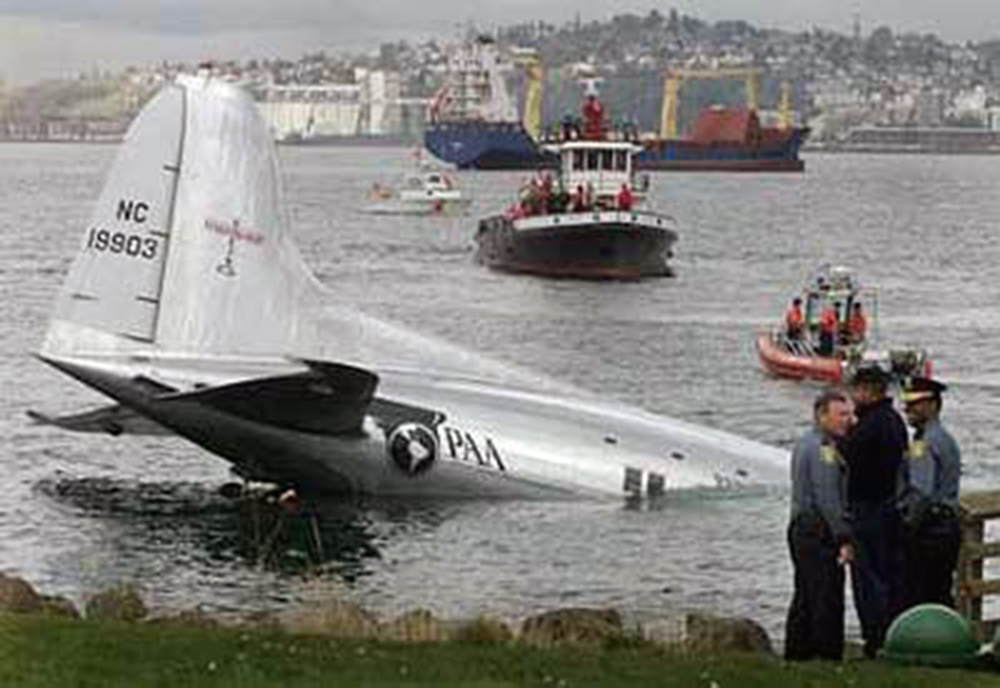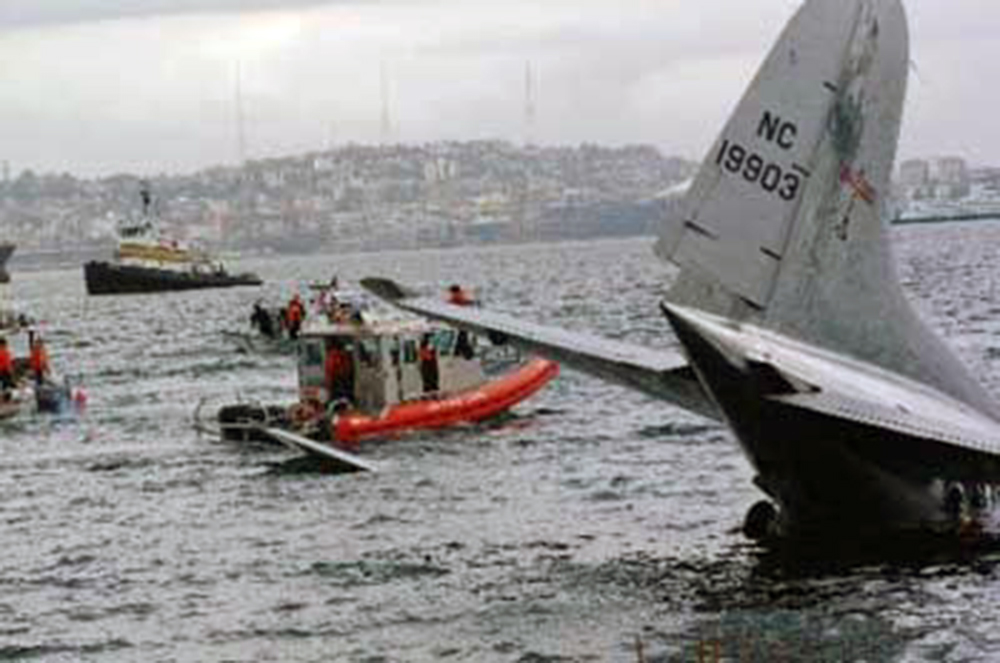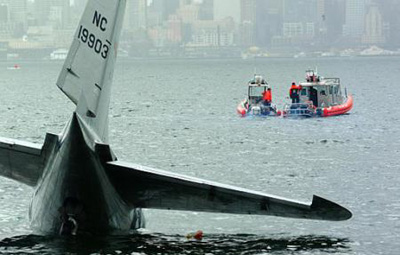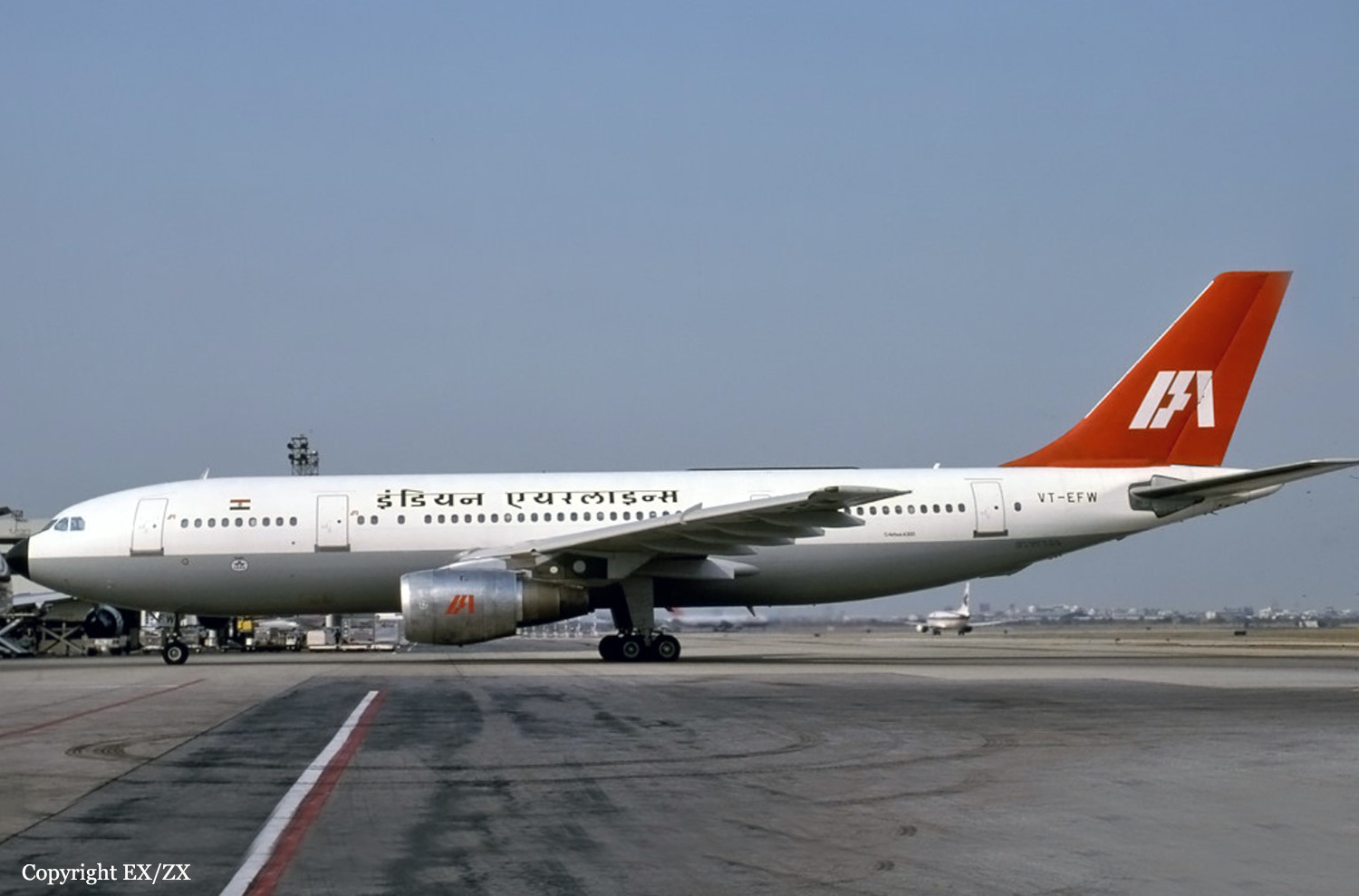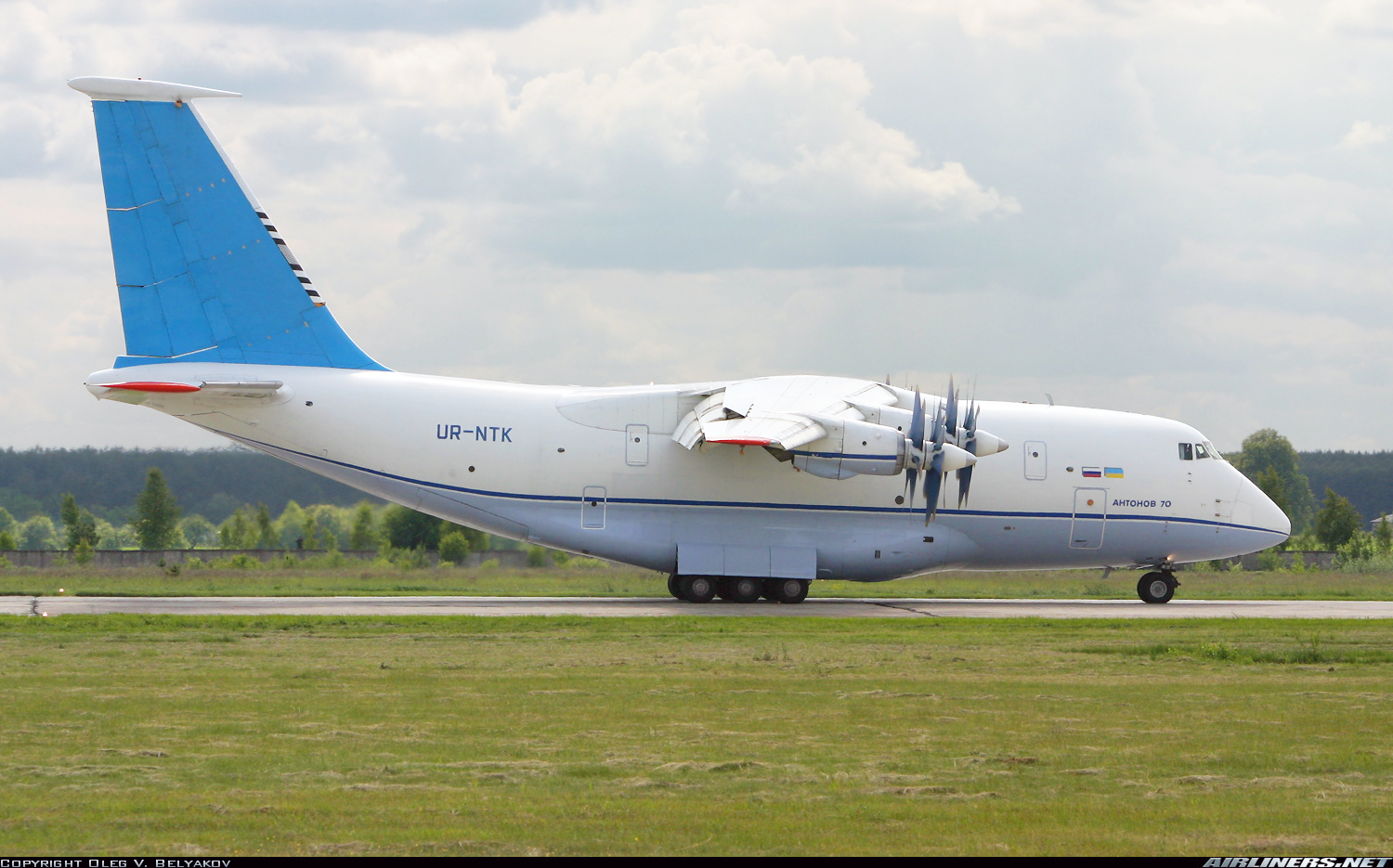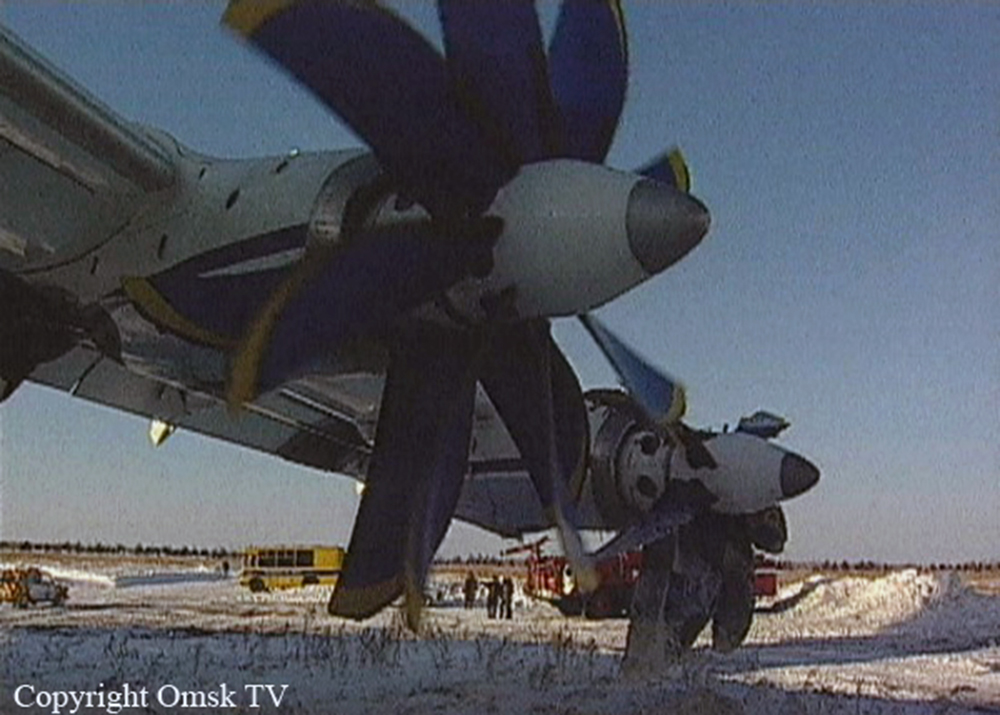Ground accident of a De Havilland DHC-8-402Q Dash-8 in Xi'an
Date & Time:
Dec 7, 2002
Registration:
B-3567
Survivors:
Yes
MSN:
4005
YOM:
2000
Crew on board:
2
Crew fatalities:
Pax on board:
0
Pax fatalities:
Other fatalities:
Total fatalities:
0
Circumstances:
Two engineers took over the airplane for an engine test run at Xi'an Airport. While parked on the apron, the aircraft started to roll on a slippery ground and eventually collided with the main terminal. Both occupants escaped uninjured while the aircraft was damaged beyond repair. It was reported that snow fell during the preceding days and that the tarmac was slippery.
